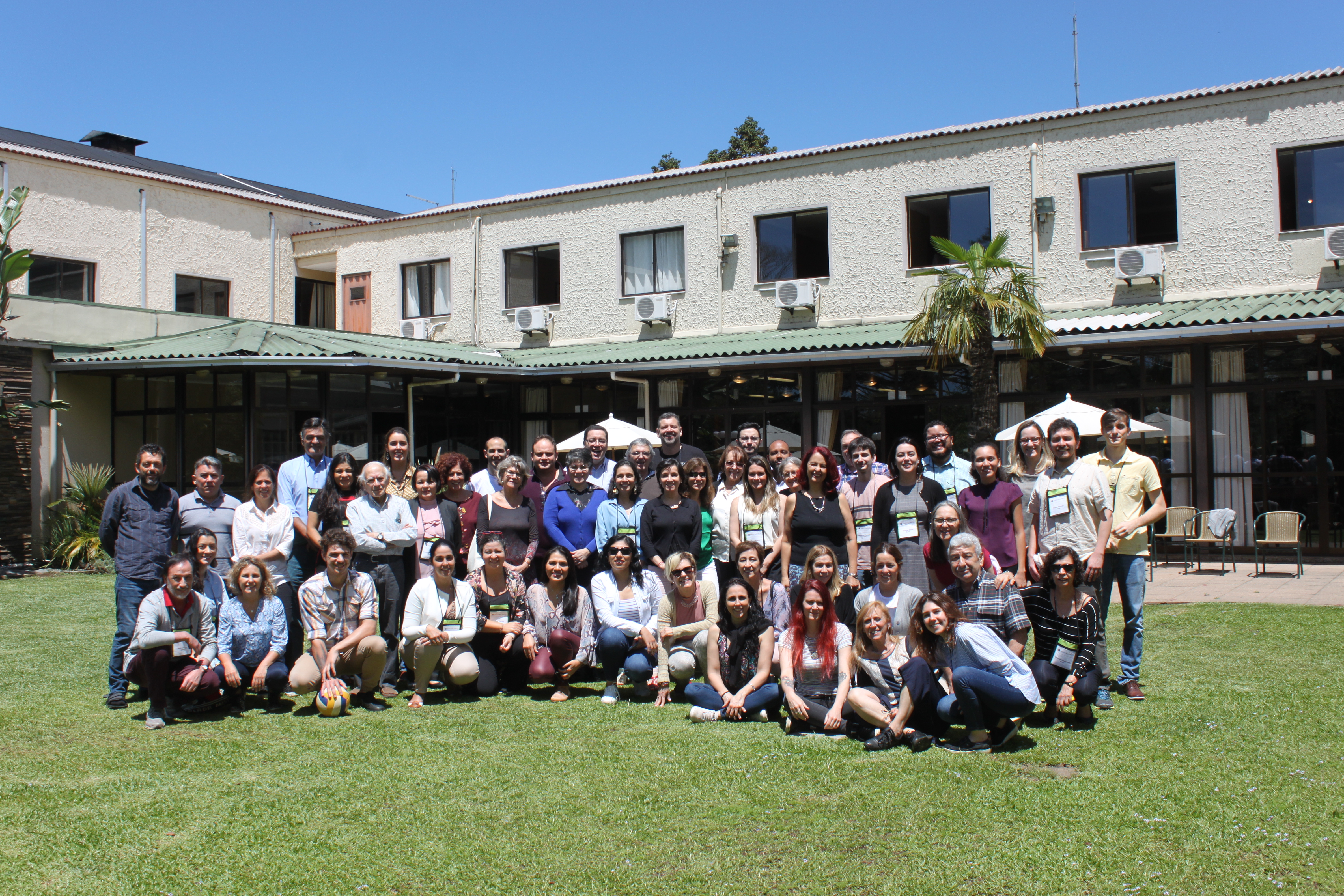December 11, 2019

Two prominent networks that study congenital anomalies in Latin America met last November.
The 4th Meeting of the Latin American Network of Congenital Malformations (ReLAMC) was held in conjunction with the 51st Annual Meeting of Latin American Collaborative Study of Congenital Malformations (ECLAMC), in Caxias do Sul, Brazil from November 3-8, 2019. Registry members, health professionals, and students came from throughout Latin America, the USA, and Europe.
Among the highlights of the week, the ReLAMC General Assembly met and approved the entry of the Maule registry of Chile as well as approved two collaborative network-wide research projects.
Tools for surveillance in congenital anomalies were of central importance at the meeting as Dr Pablo Duran of WHO’s Pan American Health Organization (PAHO) spoke (by video) about the "Importance of surveillance and management of congenital defects within the framework of the life course." Dr Nathalie Roos of WHO presented the "Atlas of congenital malformations and global mapping.” And, Dr Iêda Orioli presented the Global Birth Defects Description and Coding (GBDDC) app and spoke of the field testing activities currently undertaken to validate this tool.
ReLAMC and ECLAMC attendees presented on a variety of collaborative projects and research as well as debated the way forward in the never-ending pursuit to improve research, clinical diagnosis, treatment and care. For more information and a complete listing of activities, visit www.eclamc.org/rae.
This meeting was partially funded by the ZikaPlan project through a European Union Horizon 2020 Research and Innovation grant. For more information on ReLAMC and ECLAMC, visit our resource inventory’s surveillance networks page. For questions or comments, please contact us.